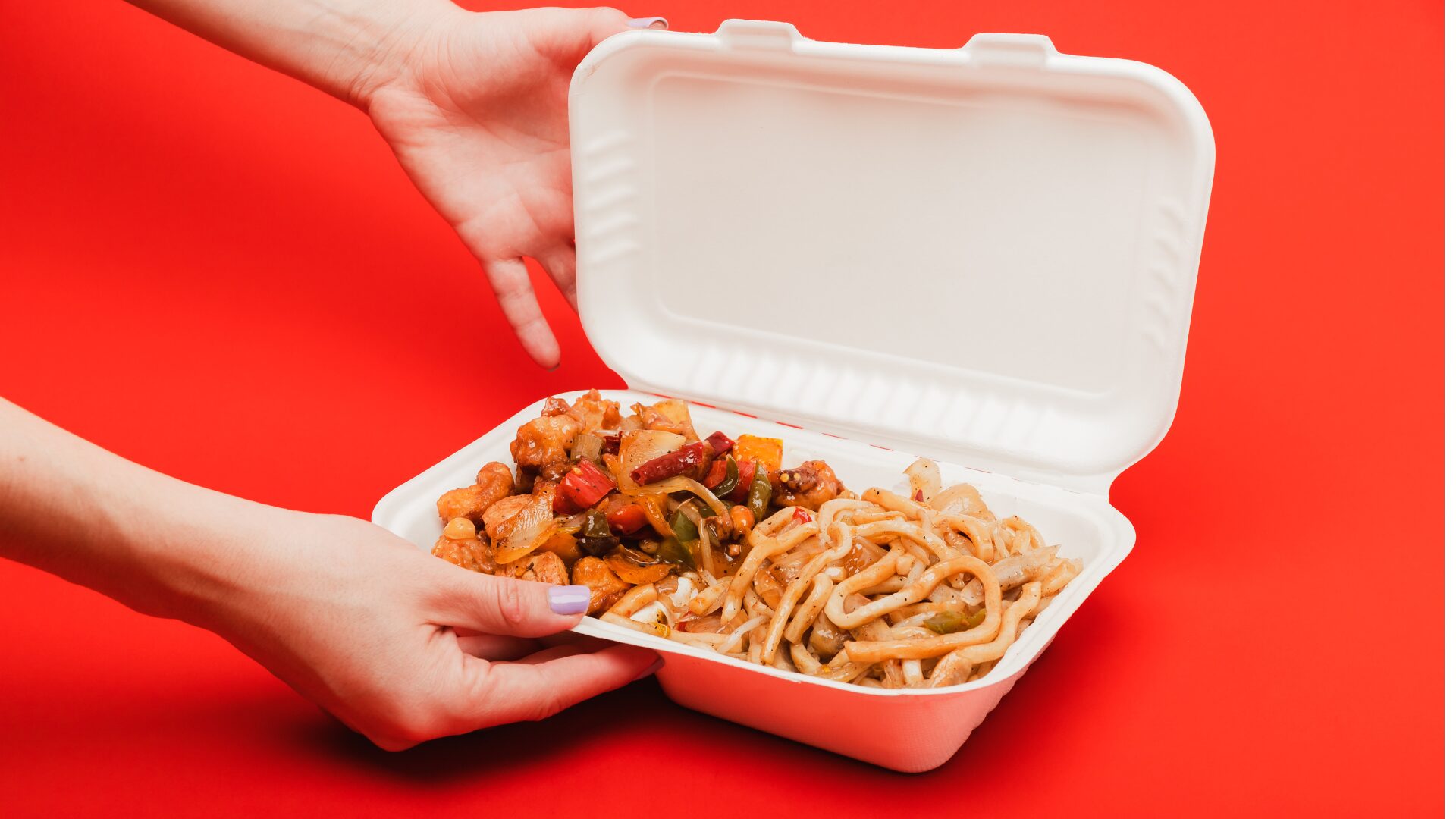IKEA just announced its 70-cent plant-based hot dog made of lentils, quinoa, wheat protein, and more. Last week, Bezos Earth Fund unveiled $60 million for R&D to improve the taste and cost of alternative meats, part of a larger $1 billion commitment to food transformation.
Meanwhile, the annual Meat Conference met in Nashville to discuss a more traditional future of protein and products, steak and stakeholders in the business of beef, jerky, pork, protein, regenerative agriculture, the deli department, and more. Publication of the most recent The Power of Meat study by FMI – The Food Industry Association and the Meat Institute by 210 Analytics coincided with the event.
One huge takeaway from the aforementioned study is that meat remains the largest generator of revenue in fresh departments, and many other key factors for the state of meat are echoed in larger food industry trends.
For her part, 210 Analytics principal Anne-Marie Roerink stressed that price alone will not drive sales – consumers want value and convenience, all wrapped up in that word – and – as reported by Progressive Grocer:
“It’s the world of price and nutrition, price and convenience, price and sustainability, price and health,” she said during a presentation at the conference. She stressed the ongoing prevalence of retail- and grocery-driven fresh food options and ready-to-eat meals, many of which contain chicken, pork, or beef, driving convenience and establishing new locales and options for busy families on the go, reinforcing much of what was covered in Cargill’s 2024 “The Protein Profile” report, as well.
In Cargill’s analysis, four trends are shaping today’s meatscape – if you will –for operators and consumers. In brief, they are:
Less is More
The average American household is shrinking, changing the way we shop, cook, and store food, and 86% of shoppers sift through different packaging sizes and offerings to fit their lifestyles. For smaller households, a big, oven-baked meal is often too much, paving the way for smaller-sized meals and readymade cuisines perfect for air fryers and/or pressure cookers.
Simplification
The prevalence of heat-and-eat meals has increased dramatically and represents 1-in-7 meal occasions today. Digital ordering has also become the expectation for many younger consumers as digital foodservice has increased by 5 billion orders since 2019 – a 161% increase.
Connecting Cultures & Cuisines
Globally inspired foods and flavors are driving sales. Gen Z prefers Mexican and Chinese cuisines over American, which is a first for any generation. Many operators and retail-driven kitchens and offerings pair food experiences with many different layers, offering different spices, marinades, and more.
Redefining Value
Food inflation has left a poor taste in most consumers’ mouths (and holes in their wallets), so defining value has less to do with the sticker price and more to do with the amalgamation of cost, convenience, and personal preferences. Club store purchases and private-label brands continue to offer all three, and 71% of consumers prefer smaller portion sizes at smaller portion prices.
What does this have to do with meat? Everything, considering beef prices are high, with USDA reporting common cuts of beef are up 5% compared to last year with choice steaks and sirloin up over 12%.
“Consumers look for quality, healthy, convenient options when purchasing food. Affordability is also top of mind – I think we are all ready for an inflation vacation,” said Courtney Schmidt, Wells Fargo agri-food institute sector manager, to The Food Institute. “For those looking for value options, pork, chicken, and other meats are excellent choices. All of these items are slowing from a price perspective according to Consumer Price Index (CPI) data.”
Chicken and pork also make fine readymade mediums for global flavors, fusions, and more. Foodservice operators can jump on these facts by partnering with local brands and chefs, capitalize on signature items, and stay on trend with more cost-efficient alternatives, such as pork or even bison.












